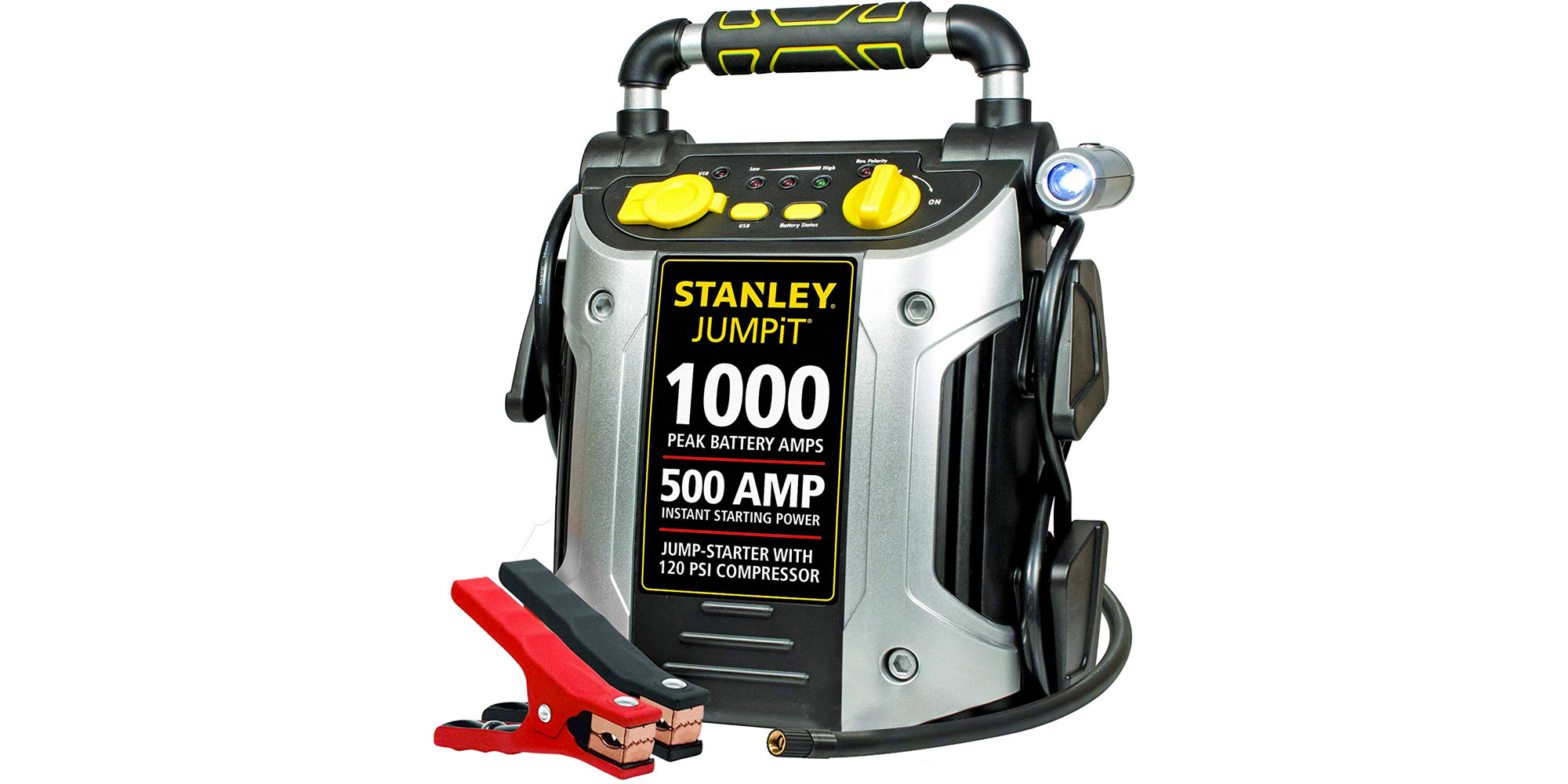
We usually use a compressor to catch the louder peaks and make the track more consistent in volume. Sometimes this is desirable, but in most cases it isn’t. If you set the threshold too low, the audio will be compressed all of the time and sound unnatural. You can clearly see how the threshold determines when the compressor kicks in, and the ratio determines how much the sound is compressed. Here’s a graph that ties threshold and ratio all together: If we set the threshold to -24db, the compressor will not affect everything quieter than that.īUT, as soon as the sound hits -24dB, the compressor will kick in and reduce the volume. This is the point that the compressor kicks in. Only when the sound hits the compressor threshold… Once again – the ratio determines how much the sound is compressed (reduced in volume).īut at which point is the volume of the sound reduced? Is the whole track reduced? So our sound now only gets 2.5db louder.Ī ratio of 10:1? Our sound now only gets 1dB louder! If we set the ratio to 4:1, the sound would be reduced in volume by a factor of 4.ġ0 divided by 4 is… 2.5. So, instead of getting 10dB louder, the vocal now gets 5dB louder. This means that the sound will be reduced in volume by a factor of 2. You load up a compressor on the vocal and it goes over the threshold by 10dB (more on the threshold in a second).

The ratio determines how much the volume is reduced by. When a sound gets too loud, the compressor kicks in and reduces the volume. The clue is in the name – it compresses the volume of audio (in layman’s terms). To understand ratio, we first need to understand what a compressor actually does. There are only five key parameters that matter when it comes to compression.
Light compressor for podcasting how to#
Some people find learning how to use compression problematic. In this guide I want to teach you exactly how to use a compressor. NOTE: If you prefer to learn by video, I created an extensive 40-minute guide to using compression:Īudio compression can be daunting. You don’t need to enter your email address or anything.īut if you just want to learn about compression specifically, keep reading. Until now, everyone has been teaching production totally backward. We put together a brief training that covers a totally new approach to music production.

I’m guessing you’re here because you want to make your mixes sound professional. Get industry-quality every time (steal this framework)



 0 kommentar(er)
0 kommentar(er)
